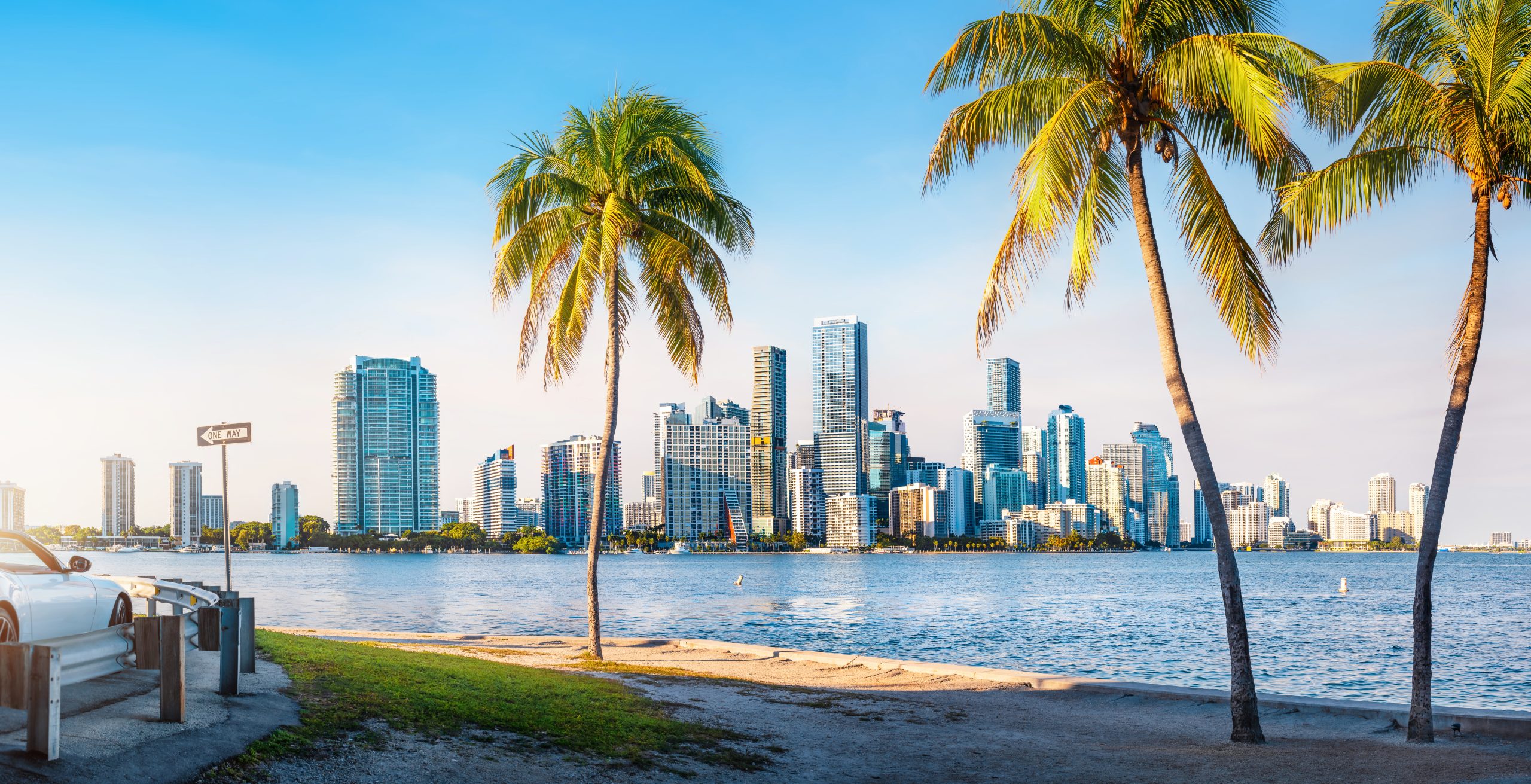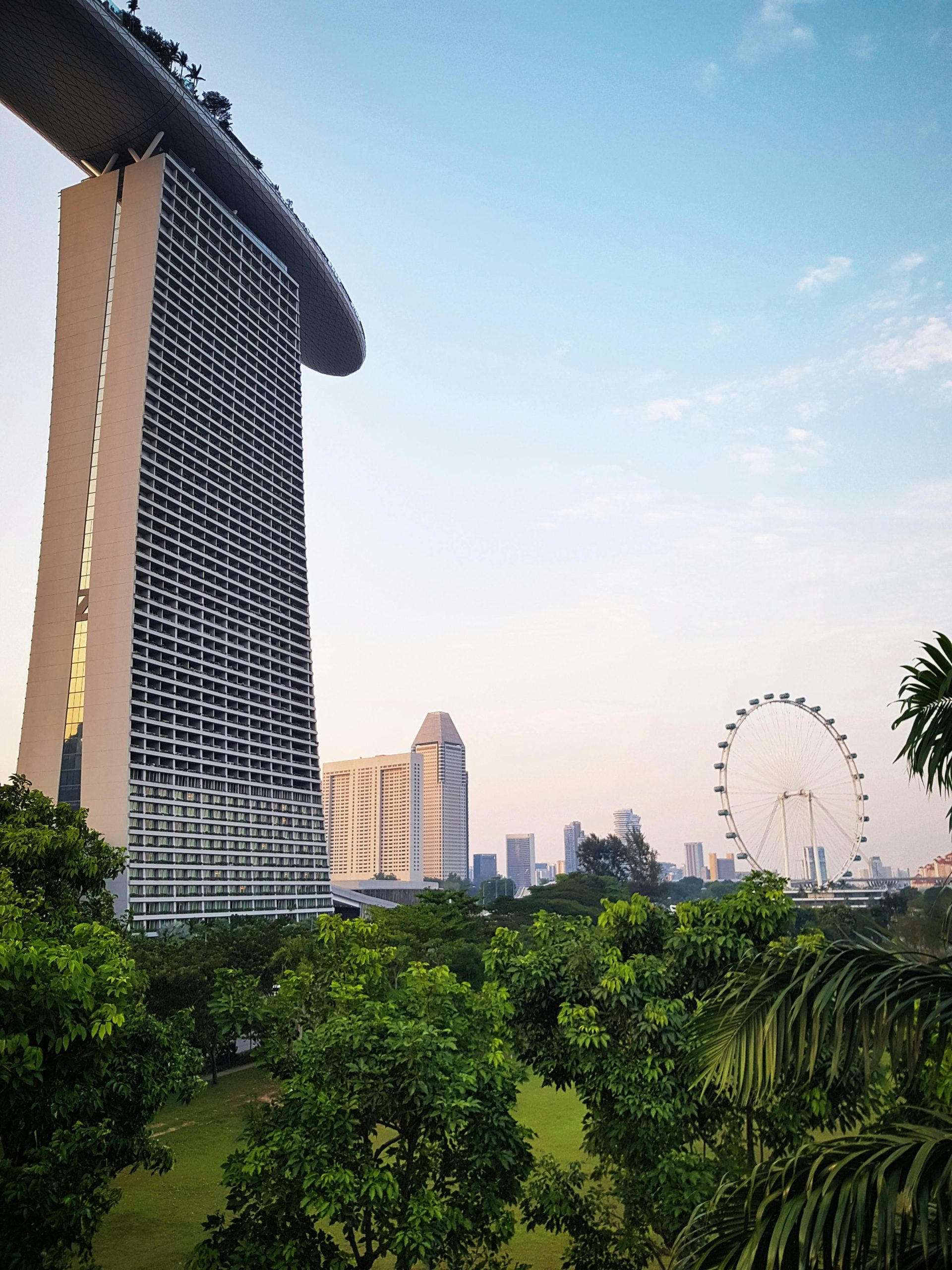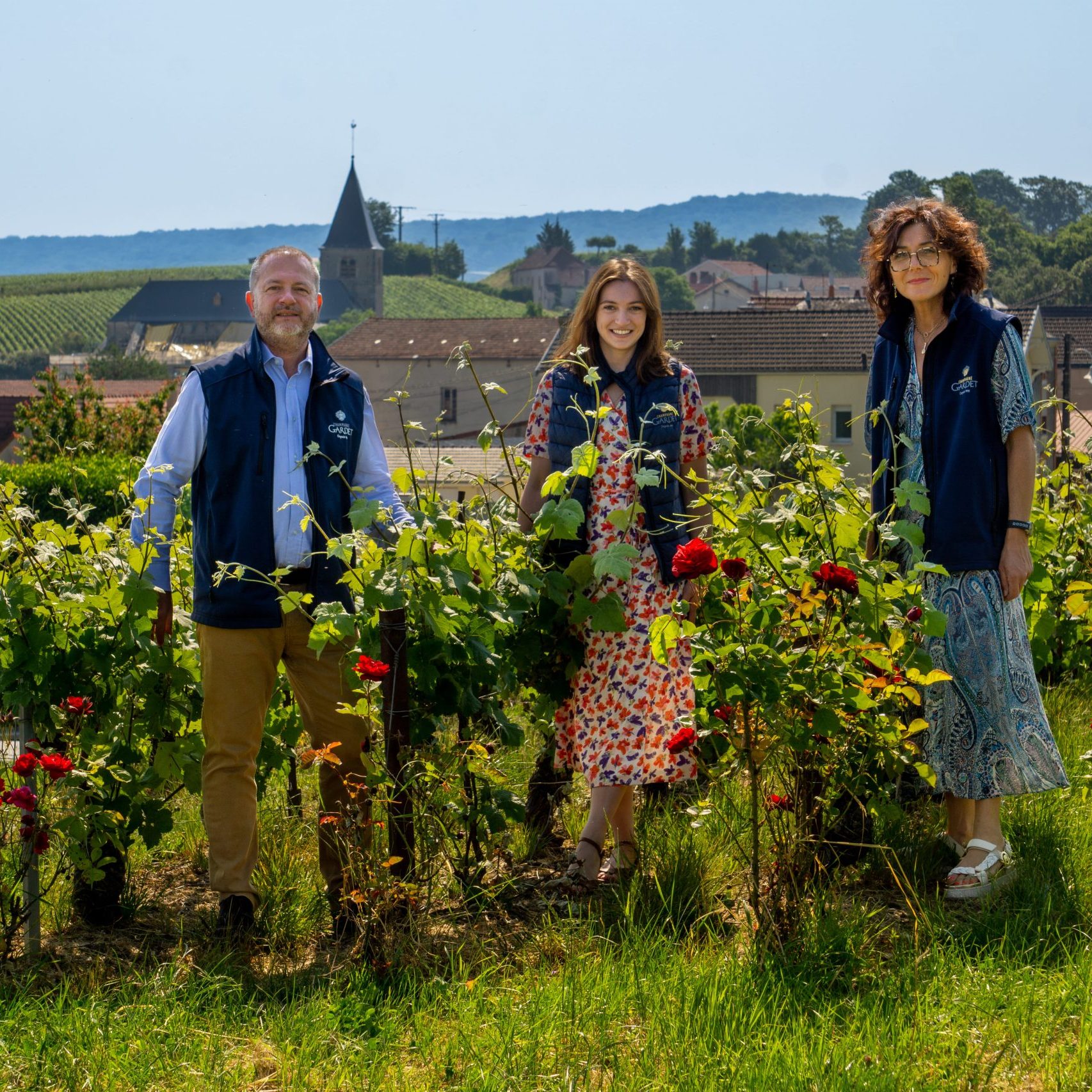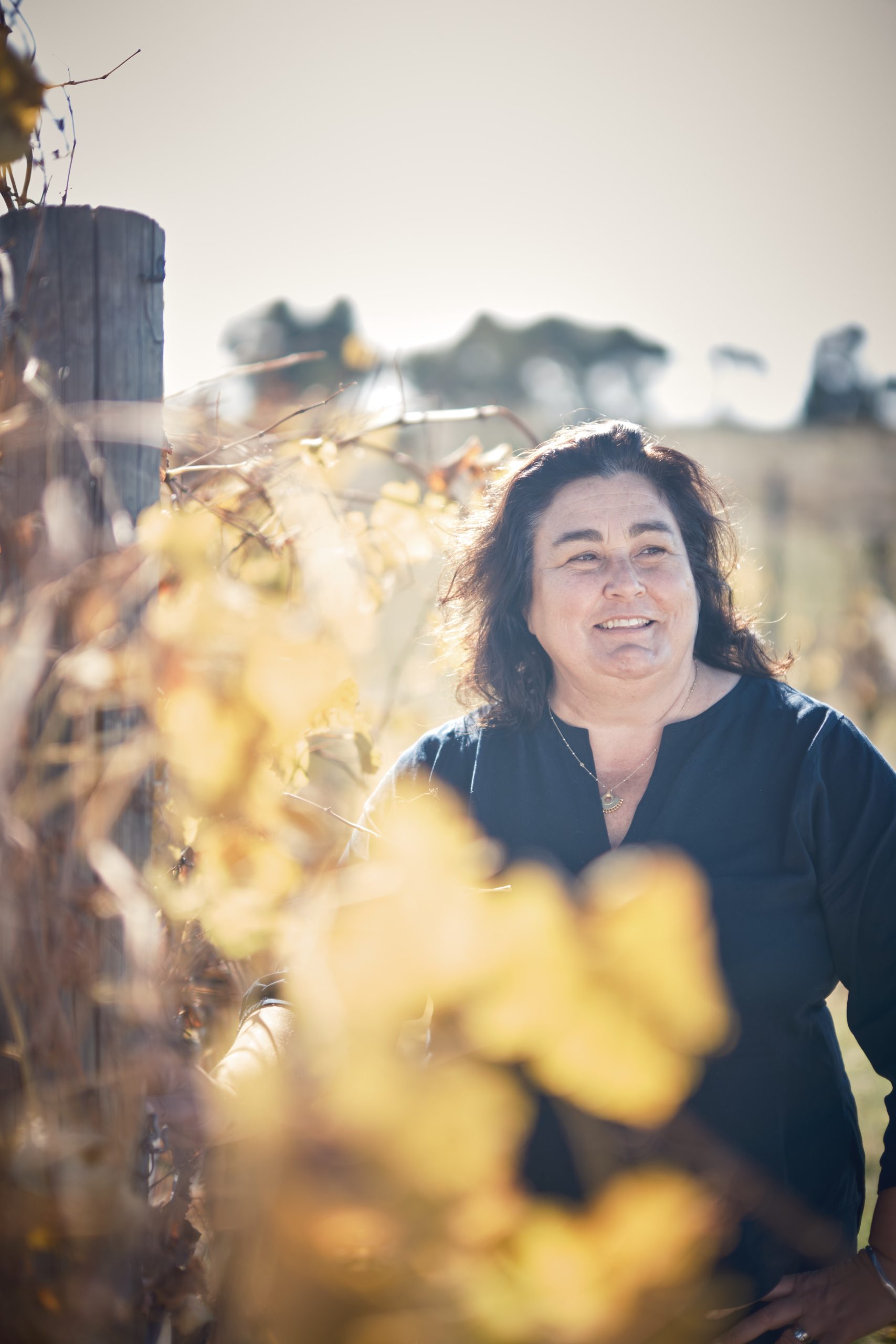Why Martini is making an ‘all-natural’ alcohol-free alternative to Prosecco
Bacardi-owned wine brand Martini has started selling an alcohol-free sparkler in the UK made with 100% grape must, providing a zero ABV alternative to Italian fizz.
(Photo: Martini/Bacardi)
Bacardi is looking to benefit from the low-/no-alcohol trend in the UK with its “all-natural” Martini 0.0% Dolce, which was rolled out in UK retailers Ocado and Morrisons in June.
The beverage has been included in Martini’s sparkling wine portfolio, and keeps the same flavour of a spumante, according to the brand, but with zero alcohol.
The 0.0% Dolce contains no added sugar, with 11g per 100ml, and comes in at around 60 calories per 125ml glass.
The alcohol-free fizz is kept at a cool temperature, with “a few preservatives added” to prevent any of the must undergoing alcoholic fermentation, but the seemingly-simple wine-like beverage took two years to bring to market, according to Marco Mazzini, the global brand director of Martini Sparkling Wines at Bacardi.
It comes as wineries are starting to cash on the growing number of consumers looking to moderate their drinking. A recent study by the Portman Group found that 24% of British drinkers are keen to cut back on booze, rising to nearly a third (31%) for the 18-24 age bracket, dubbed ‘Generation Sensible’.
Challenges
The brand director told db that, since creating Dolce earlier this year – initially focusing on markets in Africa and Asia – Martini has been building up the beverage’s presence in the UK to gauge consumer appetite in a different context.
“It took us from the moment we started assessing it to finalising and ready to ship, a couple of years,” he said.
Martini’s R&D team carried out a number of assessments, such as researching consumer tastes and piloting prototypes, to ensure the end result would be “the right thing for the market and our consumers.”
Strict winemaking rules in Italy, not to mention the far-reaching restrictions that Prosecco and Asti’s Geographical Indications impose on marketing zero ABV ‘wine’ overseas, created a few obstacles when it came to designing the end product.
“You can’t call it Prosecco,” he said. Wineries in the Prosecco region must use at least 85% Glera grapes to produce their wines, while 15% of the blend can be made up with others such as Verdiso, Bianchetta, Chardonnay, Pinot Bianco, or Pinot Grigio, which must be grown in the DOC.
In order to prevent alcoholic fermentation and retain Dolce’s flavour profile, a few ingredients are added to the blend, from firming agents to acidity regulators, acids, salt, gluten and preservatives, which Martini claims are all naturally occurring.
A growing number of businesses, including breweries, are opting to produce beers and wine-like beverages without de-alcoholisation.
There are two main process for making de-alcoholised wine: vacuum distillation and reverse osmosis, both of which start with making an alcoholic wine from grape juice, before extracting the alcohol.
Partner Content
Martini is not the only Italian sparkling wine brand delving into the low and no-alcohol category, but forgoing de-alcoholisation. Earlier this year, Sandro Bottega, the founder and CEO of the Prosecco brand of the same name, told db his the producer is in the process of developing an alcohol-free fizz made from grape must that is kept at low temperatures.
Mazzini said Martini chose to use a grape must over de-alcoholisation as it is the “most intuitive and efficient” way to produce a spumante alternative.
“You basically have two ways – either take a wine and remove the alcohol, which makes it super complicated and expensive, or you start from a grape must and work on that.
“I’m not surprised Bottega said the same,” Mazzini said, “because I would say it’s the most intuitive and efficient way. ”
Catching up
Last year, UK sales of beer and cider with an ABV of between 0% and 1.2% grew in volume and value by more than 40%, according to retail figures collated by Kantar, but wines in that alcohol bracket haven’t had the same success. Value growth stagnated, and volumes fell by 2.1% in the same period.
Another research firm, Nielsen, recently released figures that showed wine is “a sizeable category within no- and low-alcohol drinks, and has sold just under £40m, or 6.1m 75cl bottles in the last year”,
However, sales for low-alcohol wine showed a “small level of growth”, which came “without any of the big fanfare launches that we’ve seen in beer”.
Mazzini said the sparkling drink took a long time to because Martini “have to make sure is the consumer is getting what they want,” to retain brand loyalty.
“I think that based on my experience so far we’re all very new to this segment – and we’re trying to listen to consumers and winemakers.”
The sales boss added that he believes the wine industry”is waking up to the category, but most of us are still in a learning process.”
“My point of view is that when it comes down to non-alcoholic drinks you really have to believe they have a great taste first,” he said.
“This is what I’ve learnt so far, it’s a key priority. Ultimately when you open it, if it doesn’t taste good, you will lose that consumer.”





Absolutely gorgeous no different to as ti